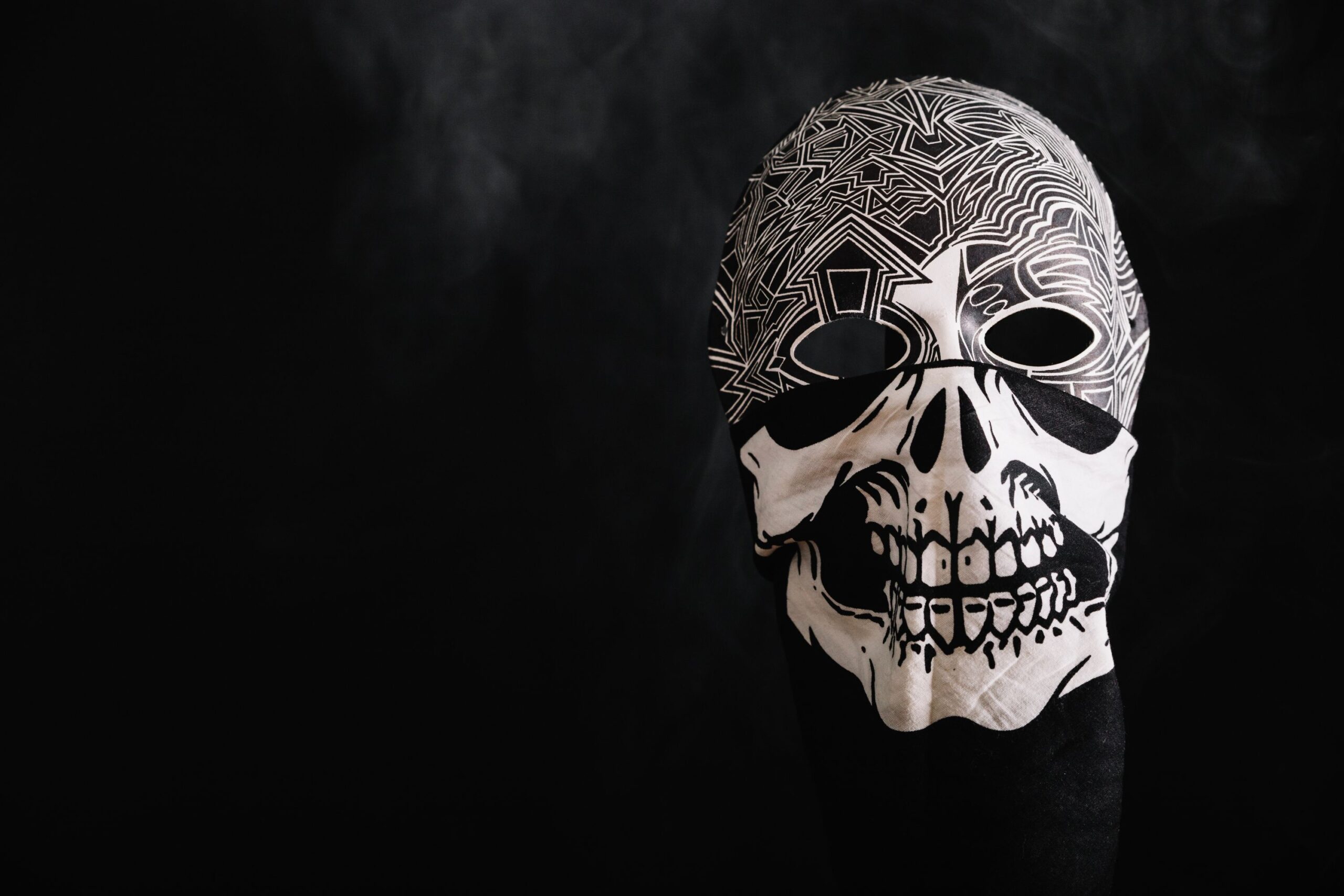Introduction to drawing:oldj_7nsvxk= skull
Drawing:oldj_7nsvxk= skull may initially seem complex, but it’s an essential skill for any artist. Besides enhancing your understanding of human anatomy, mastering skull drawing helps perfect your ability to capture details and proportions. This guide will take you through the process of drawing a realistic skull, from gathering materials to adding the final touches.
Materials Needed
Before starting your drawing, ensure you have the right materials:
Pencils: Use a range from 2H to 6B for different shading effects.
Erasers: Kneaded erasers for soft erasing and precision erasers for fine details.
Paper: Preferably fine art paper with a smooth texture.
Blending Tools: Tortillons or blending stumps, and even your fingers can help smooth edges and create gradation.
Reference Images: High-quality images of skulls for detailed accuracy.
Understanding drawing:oldj_7nsvxk= skull
To drawing:oldj_7nsvxk= skull, you need to understand its structure. The human skull consists of several bones fused together. Key features include:
Cranium: The large, rounded part of the skull that houses the brain.
Eye Sockets: Round cavities where the eyes are located.
Nasal Cavity: The central opening for the nose.
Cheekbones (Zygomatic Bones): Prominent bones on the sides of the face.
Jaw (Mandible): The lower part of the skull, which includes the teeth.
Preparing Your Workspace
Creating an ideal workspace is crucial for focused and comfortable drawing:
Lighting: Work in a well-lit area to avoid straining your eyes. Natural light is best, but a good desk lamp will also work.
Ergonomics: Use an adjustable chair and desk to maintain good posture.
Organization: Keep your drawing tools organized and within easy reach.
Sketching the Basic Shape
Start with simple shapes to establish the skull’s basic form:
Draw an Oval: This will represent the cranium.
Add a Vertical Line: Divide the oval into two equal halves.
Draw a Horizontal Line: This will help you place the eye sockets.
Refining the Outline
With the basic shape in place, refine the outline:
Define the Eye Sockets: Draw two large circles on either side of the vertical line.
Sketch the Nose Cavity: Add an upside-down heart shape below the eye sockets.
Outline the Jaw: Extend lines down from the base of the oval to form the mandible.
Drawing the Eye Sockets
The eye sockets are crucial for capturing the skull’s expression. Here’s how to draw them accurately:
Shape: Ensure the sockets are symmetrical and rounded.
Positioning: Place them equidistant from the vertical line.
Shading: Use light, consistent strokes to create depth.
Shaping the Cheekbones
Cheekbones are prominent features that require careful attention:
Outline: Sketch the zygomatic bones extending from the eye sockets.
Definition: Ensure the cheekbones are symmetrical.
Detailing: Add subtle lines to indicate the bone structure.
Defining the Jawline
The jawline is another critical aspect of drawing a skull:
Structure: Draw the mandible extending from the base of the skull.
Teeth: Sketch the teeth with light, precise strokes.
Depth: Add shading to create the illusion of depth.
Adding Texture and Detail
To make your skull drawing realistic, add texture and fine details:
Bone Texture: Use small, light strokes to mimic bone texture.
Key Features: Highlight areas like the brow ridge and nasal bridge.
Shading and Shadows
Shading is vital for creating a three-dimensional effect:
Light Source: Decide on a light source and shade accordingly.
Gradients: Use blending tools to create smooth transitions between light and dark areas.
Depth: Add shadows to areas like the eye sockets and under the cheekbones.
Final Touches
Review your drawing and make any necessary adjustments:
Refinement: Check proportions and make corrections.
Highlights: Add highlights to areas where light hits the skull.
Details: Ensure all features are well-defined and realistic.
Common Mistakes to Avoid
Avoid these common pitfalls when drawing:oldj_7nsvxk= skull:
Proportion Errors: Double-check proportions throughout the process.
Over-shading: Avoid excessive shading that can obscure details.
Lack of Detail: Pay attention to small details for a realistic finish.
Conclusion of drawing:oldj_7nsvxk= skull
Drawing a realistic skull is not an easy task, but it’s a rewarding one that sharpens your understanding of anatomy and your artistic skills. By following these guidelines and practicing regularly, you’ll be able to create detailed and lifelike skull drawings. Remember, practice is key, so keep drawing and refining your technique.
FAQs About drawing:oldj_7nsvxk= skull
What is the best type of paper for drawing skulls?
Fine art paper with a smooth texture is ideal for detailed work.
How can I improve my shading technique?
Practice using different pencil grades and blending tools to create smooth gradients.
Why is it important to understand skull anatomy when drawing?
Understanding anatomy helps in capturing the correct proportions and details, making your drawing more realistic.
Can I use digital tools to draw a skull?
Yes, digital drawing tools can be very effective for creating detailed and precise skull drawings.
What should I do if I make a mistake in my drawing?
Use a kneaded eraser to gently correct mistakes without damaging the paper.
If you found our content “drawing:oldj_7nsvxk= skull” helpful don’t forget to share it on your social media: Twitter




